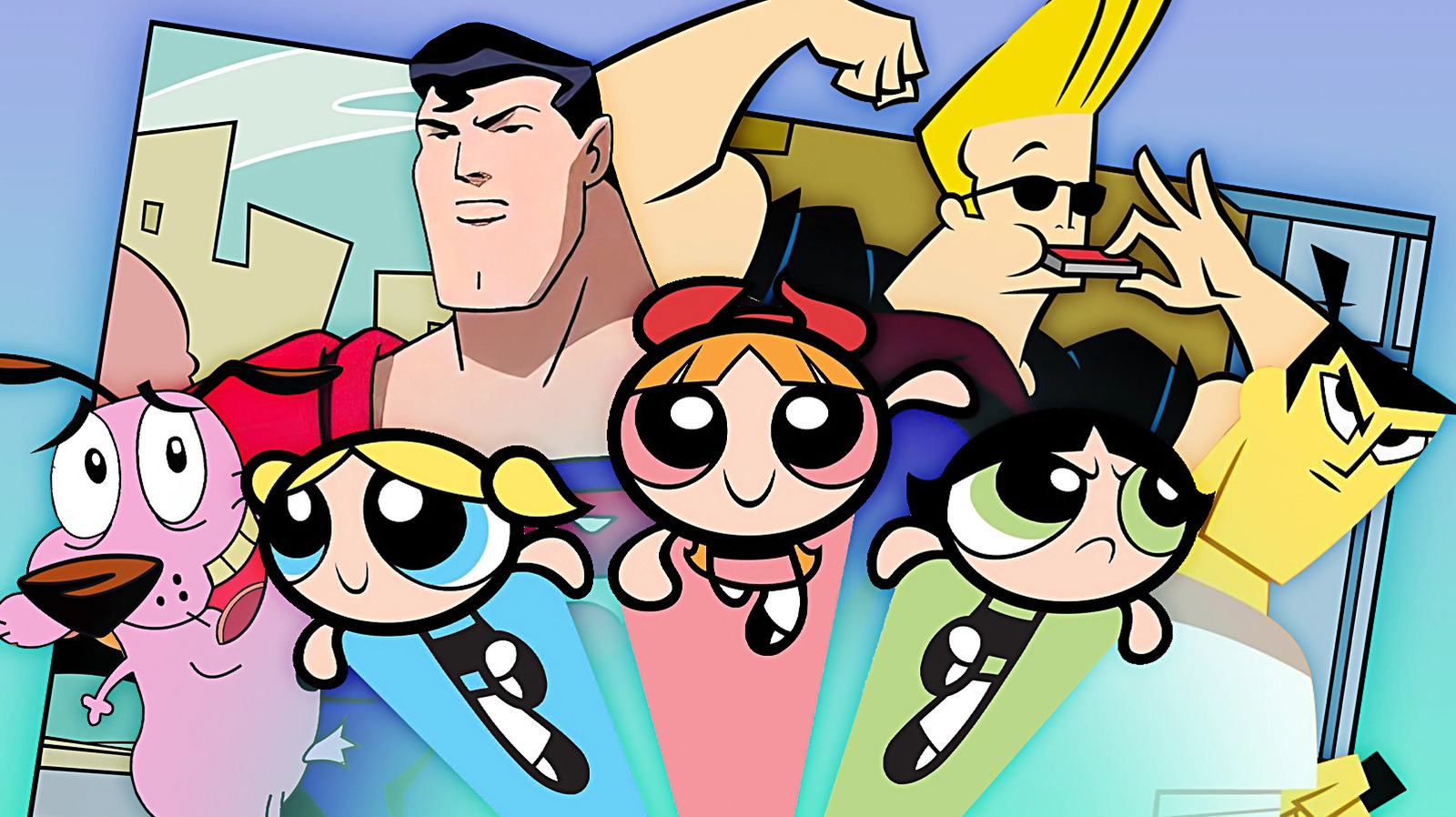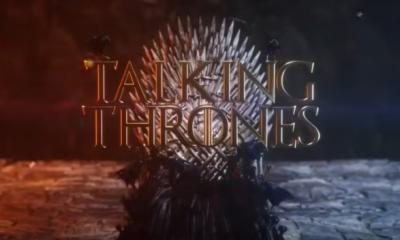Entertainment
The 15 Best Cartoon Network Shows From The 2000s Ranked

[matched_con]
Source link
Entertainment
‘Brides’ Movie At Sundance About Friendship Not Terrorism, Director Says

[matched_con]
Source link
Entertainment
Olivia Rodrigo Dazzles in Brilliant Red String Bikini

[matched_con]
Source link
Entertainment
Reyna Dunlap, “Nude Queen” Influencer, Found Dead

[matched_con]
Source link
Entertainment
Florida Man Shot by Cop With His Own Gun Says His Career Is Over

[matched_con]
Source link
Entertainment
A Classic Horror Video Game Is Getting A Movie Reboot With The Perfect Director

[matched_con]
Source link
Entertainment
Mariah’s World is Upside Down!
[matched_con]
Source link
Entertainment
Rose Byrne in Motherhood Freakout

[matched_con]
Source link
Entertainment
Scheana Shay Is Now More Interested in Joining The Traitors Than DWTS

[matched_con]
Source link
Entertainment
Donald Trump And Gavin Newsom Exchange Friendly Greetings As POTUS Arrives At LAX For Visit To Tour Wildfire Devastation

[matched_con]
Source link
Entertainment
Marilyn Manson Cleared In Sexual Assault, Domestic Violence Case

[matched_con]
Source link
-

 Fashion8 years ago
Fashion8 years agoThese ’90s fashion trends are making a comeback in 2025
-

 Entertainment8 years ago
Entertainment8 years agoThe Season 9 ‘ Game of Thrones’ is here.
-

 Fashion8 years ago
Fashion8 years ago9 spring/summer 2025 fashion trends to know for next season
-

 Entertainment8 years ago
Entertainment8 years agoThe old and New Edition cast comes together to perform You’re Not My Kind of Girl.
-

 Sports8 years ago
Sports8 years agoEthical Hacker: “I’ll Show You Why Google Has Just Shut Down Their Quantum Chip”
-
Business8 years ago
Uber and Lyft are finally available in all of New York State
-
Entertainment8 years ago
Disney’s live-action Aladdin finally finds its stars
-
Sports8 years ago
Steph Curry finally got the contract he deserves from the Warriors
-
Entertainment8 years ago
Mod turns ‘Counter-Strike’ into a ‘Tekken’ clone with fighting chickens
-
Fashion8 years ago
Your comprehensive guide to this fall’s biggest trends





You must be logged in to post a comment Login